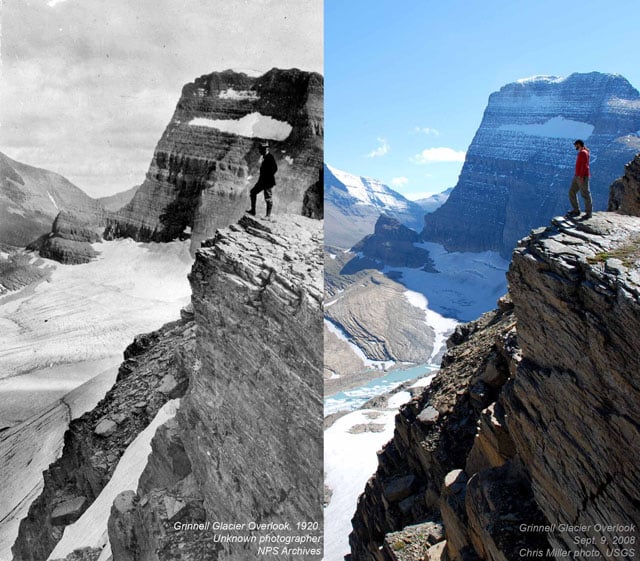Contrasts
Welcome to Day 2. Today we’re going to elaborate on Day 1 using contrasts.
Make friction work for you. Sometimes the best way to explain something is by putting it in comparison with something else. Giving birth with healthcare, giving birth without, for example. Shout out to North America – well, to the United States particularly. Canada does have healthcare, but the difference is very big.
So, today we’re looking at comparing two things; how can our topic be described by talking about opposing forces? It’s like weaving two contradictory colors, one near the other, and having the fabric be its own complete color. This is both thinking with the head and thinking with the heart. How do you describe giving birth without healthcare, without talking about giving birth, or health care? What are the forces that you can describe in opposition to each other that create the image of giving birth without healthcare?
What is the essential contradiction in the topic that you selected, and your position? This may not be necessarily corresponding to any logical process.
Dinh Q Le
https://626kendrasmith.blogspot.com/2015/03/research-dinh-q-le.html
https://en.wikipedia.org/wiki/Dinh_Q._L%C3%AA

Image Description: Figures in white and black emerge against a chaotic red, blue, and yellow background, rendered in a patchwork of woven colour and black and white photographs. (Source: https://alchetron.com/Dinh-Q.-L%C3%AA)
The first example for today is Dinh Q Le, a Vietnamese-American artist, and his woven photographs.
It’s wonderful if you can see them in person and look closely and really see the details. He works with traumatic memories from the Vietnam war, the first Vietnamese artist to do so, and what he does is takes the original photograph and then brings in colour current day photographs and uses a craft technique of weaving to put them together, and that really is a wonderful way of creating contrast between the past and the present, and highlighting the traumatic incident that he’s speaking about.

Image Description: A helicopter, and an armed figure running towards it, silhouetted against a yellow sky on orange ground, dithered by woven black and white photographs that form the shapes of two more soldiers, less discernible, that cross the foreground. (Source: https://alchetron.com/Dinh-Q.-L%C3%AA)
Fighting against war doesn’t have to mention the word ‘war’ ever, and can still be a dangerous idea. Here we have a wonderful way of creating this contrast and using again the beauty of the weaving in order to help the viewer enter the artwork.
Glaciers
Another example we’re using is Glaciers; a multi-generational artwork that NASA took over, showing how glaciers recede. It explains a lot without using a single word – well, using numbers, years – but without having a lengthy explanation or being deductive. It’s very direct, and a very powerful artistic work.

Image Description: A side by side comparison in photographs of a glacier in 1913 on the left, and on the right, the same area in 2013, the glacier all but gone. (Source: https://snowbrains.com/nasa-glacier-national-park-could-lose-all-its-glaciers-by-2030/)
The idea with the artwork is also to be very direct without being didactic. It’s not a lecture, it’s an artwork. This simple comparison talks about climate change, without mentioning the words ‘climate change’ or even using any words, except for the year the photograph was taken.

Image Description: A side by side comparison in photographs of a figure standing on a rocky outcrop overlooking a valley. On th eleft, 1920, the valley is filled with a glacier. On the right, 2008, the glacier is all but gone. (Source: https://petapixel.com/2015/10/25/these-before-and-after-photos-show-how-glaciers-in-the-us-are-melting/)
Contrasting can be as simple as cutting out a silhouette, putting it on paper, spray-painting over it with a wide margin and then removing it. It’s not there, but the contrast shows it very clearly, and sometimes it’s more effective than just using the silhouette. Whatever medium you’re using, consider contrast as your friend, contradiction as your friend.
Understanding your topic as a contrast; what kind of forces are coming together to create the discomfort? You can show some stuff directly, but other stuff you can show through contrast. How would you illuminate the topic you chose, by using a contradiction? Where is the contradiction, and this is the deep question – where is the contradiction that causes the discomfort? If there was no friction, there wouldn’t be discomfort. There is a friction in the topic you chose, that’s why you chose it. So what is that friction, what are the forces that are causing this friction to appear? And this is the central question for Day 2; articulate the friction, using contrast. What are the forces that are colliding?